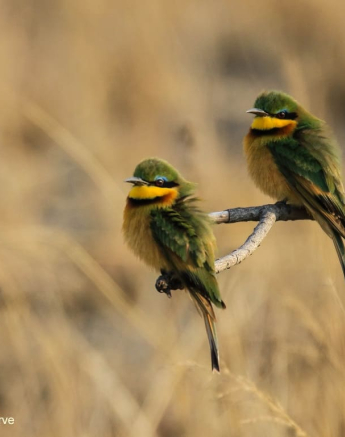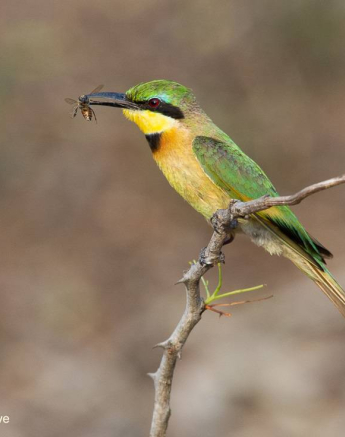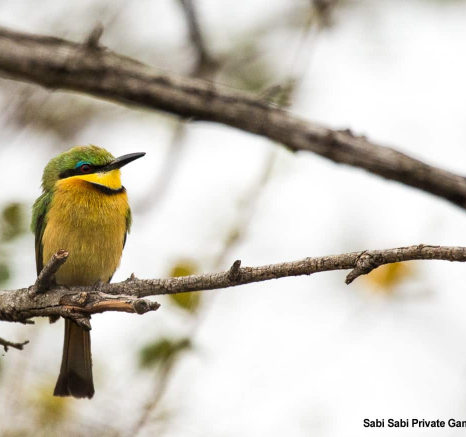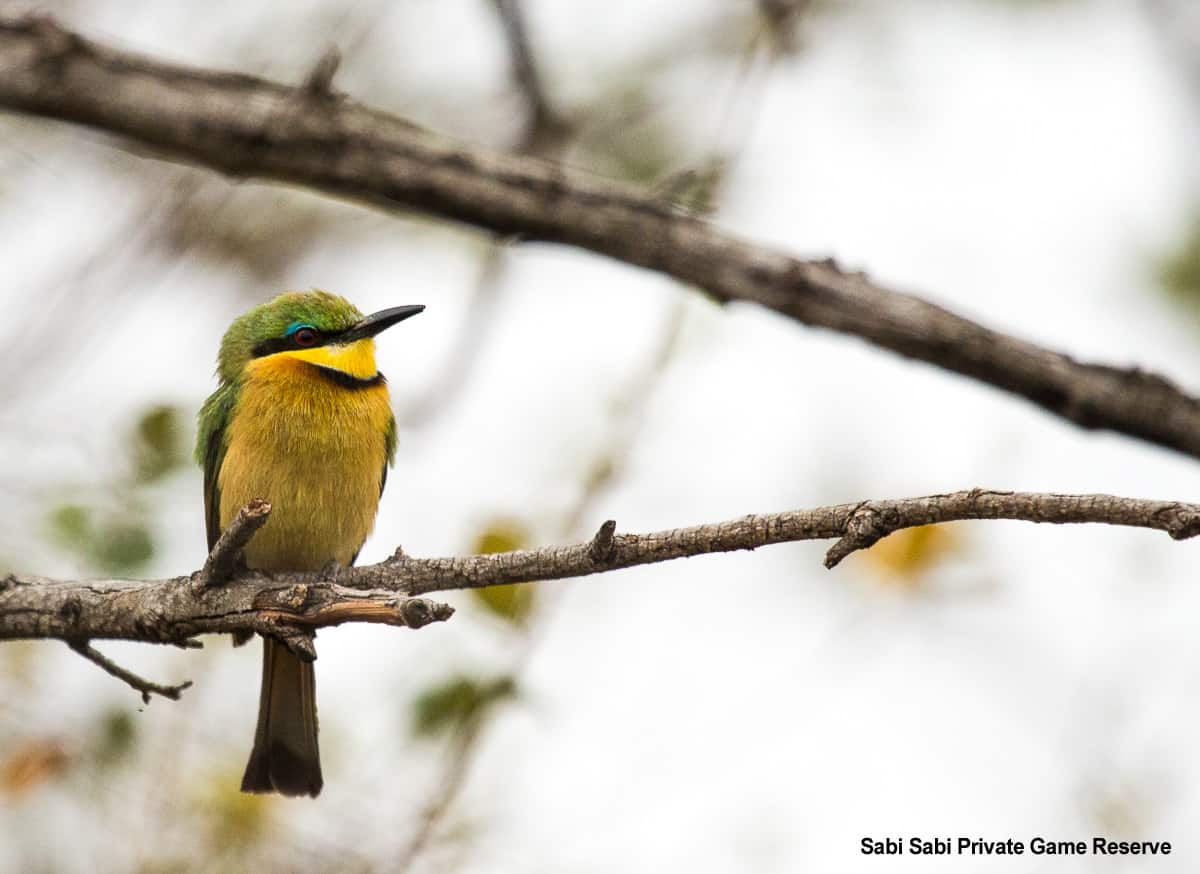Little Bee-eater
on Nov 01, 2019Species Name: Little Bee-eater
Scientific Name: Merops pusillus
Weight: 15g
Size: 16cm
General habitat: Woodland, often near water.
Diet: Mostly flying insects.
Incubation: 18-20 Days
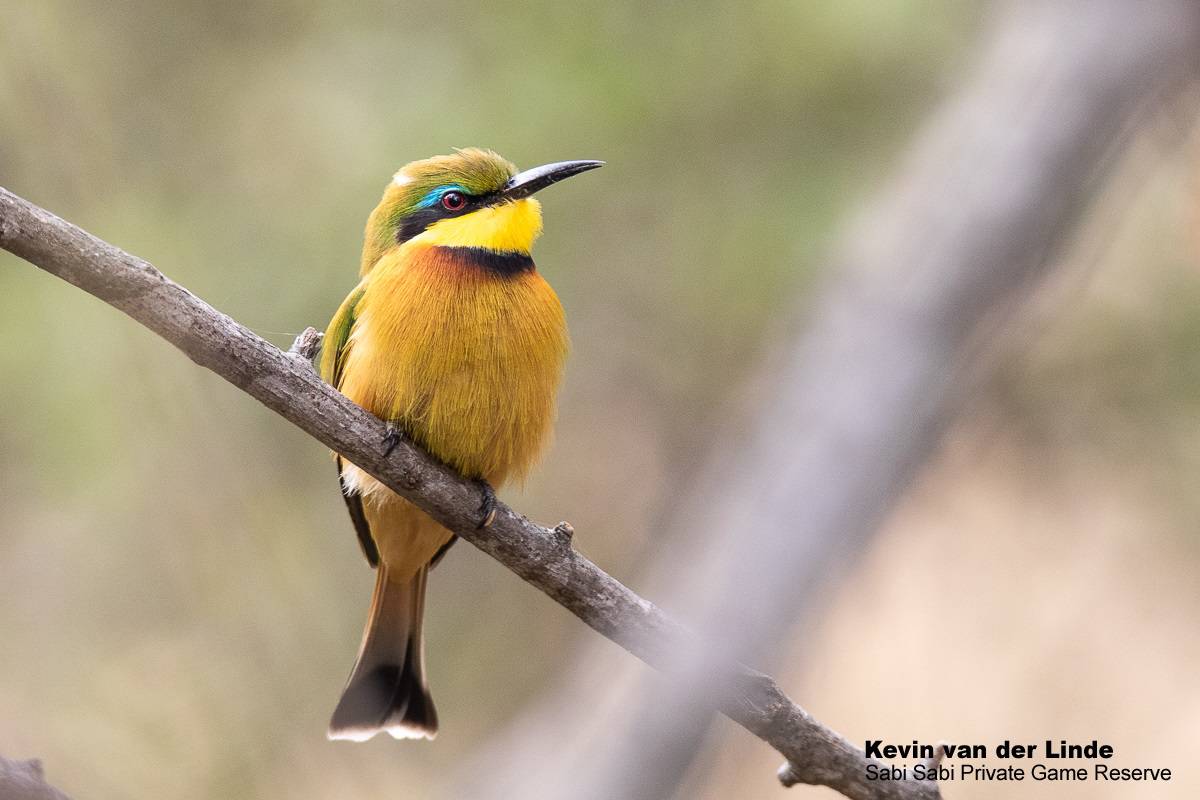
Often on game drive while scanning the surroundings, a flash of green catches your eye as the Little Bee-eater shows off its aerial acrobatics. It is amazing to sit and watch them as they glide effortlessly through the air and change direction in the blink of an eye. From a low perch, generally about 1 meter off the ground and usually on a tree branch, the world’s smallest Bee-eater will search for flying insects. Even though most flying insects will make a good meal, the Little Bee-eater prefers bees and wasps. It swoops down from its perch and catches its prey on the wing in a process called hawking. The little bird usually returns to the same perch with its meal so photographing them can be somewhat predictable. Once back on the perch, it rubs the stinger of the bee or wasp on the branch to remove it and then swallows the prey.
When it comes to breeding, the Little Bee-eater will excavate a tunnel either in a riverbank or in the roof of an aardvark burrow. Between 4-6 white eggs are laid and the chicks are born altricial (born without feathers and need the care of the parents). There is another bird that parasitizes the Little Bee-eater and that is the Greater Honeyguide. The Honeyguide will lay its eggs in the Bee-eater’s nest and rid herself of all parenting responsibilities.
My Memorable Sighting
Once on drive my guests and I were sitting with a pair of Little Bee-eaters that were showing off their acrobatic abilities whilst hawking flying insects passing by and returning to their perch with a meal. On one occasion as they were in flight, both managed to catch an insect and landed side by side on the same branch, both scratched their meal on the branch and ate their meal as if it was all planned and they were in perfect harmony. It was a really special sighting and one that I will never forget.
Photo Content
